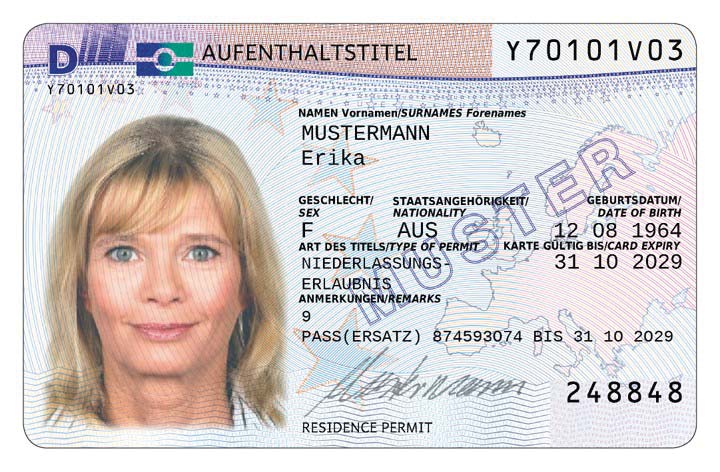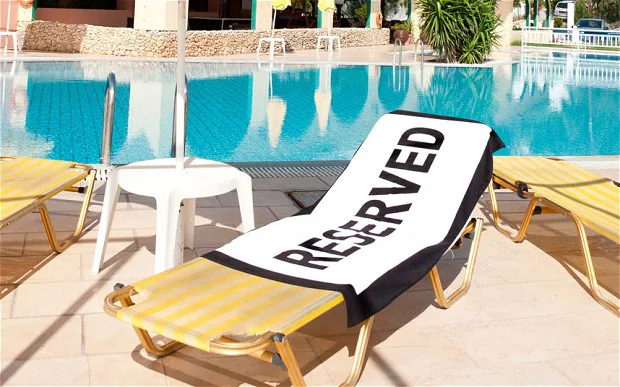Since my move to Germany, I’ve been using green energy from Greenpeace Energy, which later became Green Planet Energy. I knew I was paying more than the average due to this choice, but I didn’t anticipate the annual price increases.
Germany boasts one of the world’s highest electricity prices, which escalated further after the Russian-Ukraine war. Even as a green energy user, I was affected because of the complex electricity market structure, and my bills continued to climb.
When I reviewed my past electricity consumption and payments to Greenpeace Energy, I created this table:
| Year | Consumption per Month | Price per kWh | Base Price | Monthly Bill |
|---|---|---|---|---|
| 2019 | 102 kWh | 28,50 ct/kWh | 8,90€ | 37,92€ |
| 2020 | 100 kWh | 29,42 ct/kWh | 8,79€ | 38,22€ |
| 2021 | 121 kWh | 29,80 ct/kWh | 8,90€ | 45,03€ |
| 2022 | 115 kWh | 28,68 ct/kWh | 8,90€ | 43,48€ |
| 2023 (until August) | 100 kWh | 40,90 ct/kWh | 13,90€ | 53,51€ |
As you can see, my electricity bills increased over the years in line with my consumption. The main reason for the rise in consumption was my shift to working from home and cooking at home. My work setup, which includes a MacBook Pro and two monitors, consumes about 70 Wh. I work for approximately 8 hours a day, resulting in roughly 0,56 kWh per day, or 11 kWh per month.
After the war, the German government ensured that electricity prices for private consumers wouldn’t increase dramatically in 2022 by reducing some taxes. Consequently, I paid less per kWh, and I also began reducing my electricity consumption. I even stopped baking Neapolitan pizza at home by avoiding preheating the oven for 45 minutes at 245°C beforehand. 🥲
However, when the high inflation rate hit the entire country, my electricity provider sent me a new contract that shocked me. I was facing a monthly bill of 56€, compared to 37€ in 2019. This represented a 51% increase in my electricity costs, prompting me to explore alternatives.
In Germany, there’s a significant movement known as Balkonkraftwerk. It involves people buying solar panels and placing them on their balconies, with the German government offering subsidies for this initiative. I considered this option but didn’t have a balcony. That’s when a friend introduced me to a company called Tibber.
Tibber is an electricity provider that offers dynamic pricing. To access this, you need to purchase a device that connects to your electricity meter and the internet, allowing real-time tracking of your electricity usage. (You can also change your electricity meter to the smary one, but that might take months) Their app also provides real-time usage information. Given that they use green energy, I decided to give it a try.
I ordered the device and switched my electricity provider to Tibber. After a month, in September, I was pleasantly surprised to see my electricity bill decrease significantly to 38€, which amounted to a 30% reduction. The breakdown for September is as follows:
| Month | Consumption per Month | Price per kWh | Base Price | Monthly Bill |
|---|---|---|---|---|
| September | 82 kWh | 30,97 ct/kWh | 12,02€ | 37,54€ |
Of course, multiple factors contributed to my reduced electricity bills, which I’ll detail below.
Utilizing the real-time electricity usage data
Installing Tibber Plus on my electricity meter enabled me to monitor my electricity usage in real time. This was a significant improvement over waiting for a bill from my electricity provider to find out how much I’d used.

With real-time data at my fingertips, I began identifying devices that were consuming electricity unnecessarily. By walking around my apartment, I unplugged devices I wasn’t actively using, such as my air purifier, gaming PC, and certain kitchen appliances. Each time I unplugged a device, I observed a decrease in the real-time chart on the app. To gain more insights, I used another device that allowed me to measure the real-time usage of specific appliances. This helped me understand how much electricity each device consumed.
In total, I managed to reduce my idle electricity usage to around 25 W. It’s important to note that this figure doesn’t include the electricity used by my fridge, which turns on for about 10 minutes every hour and consumes approximately 100 W. The 25 W figure includes the electricity usage of my router, my Apple TV in idle mode (as I use it as my smart home hub), and all other devices (like smart plugs, etc.) that are plugged in but not actively in use.
You might wonder if saving 10W by unplugging a device is worth the effort. However, it’s essential to consider that the device consumes electricity 24/7. By reducing your idle electricity usage by 10W, you can save 7.2 kWh per month. If you’re paying 30 ct/kWh, this translates to a monthly savings of 2,16€.
Changing my daily routines
Every day at 1:30 PM, Tibber shares the hourly electricity prices for the following day. Armed with real-time electricity usage data, I knew which devices were consuming how much electricity. For instance, I realized that using my electric water heater during a time of lower electricity prices was more cost-effective. Similarly, I adjusted my cooking schedule to align with times of lower electricity prices.

I shifted my shower time to midday, avoiding the evening when electricity prices were higher. Given my work-from-home situation, I started cooking lunch at home, which coincided with lower electricity prices. I also planned my laundry and e-bike charging for specific days; charging the battery of my e-bike on Sunday, doing my laundry on Saturday, because noise concerns during the quiet hours on Sunday in Germany.
While it might seem like a bit of extra work to monitor electricity prices and adjust your activities accordingly, after a while, it became second nature. I no longer needed to check the electricity price because I knew when it was more economical to do my laundry, charge my e-bike, or take a shower.
Conclusion
In conclusion, as someone who enjoys optimizing processes, I found this journey quite satisfying. I gained valuable insights into my electricity usage and learned how to reduce it. Instead of leaving money on the table, it’s always better to save some money. If I had stuck with my previous electricity provider, I would have been paying more, even though the electricity cost them less. With Tibber, I benefit from dynamic electricity pricing.
It’s worth noting that while electricity prices may rise again, Tibber caps the electricity price, providing a level of security. I don’t anticipate significant increases in electricity prices in the next few years and expect that the transition to green energy will ultimately lead to lower prices.
If you’re living in Germany and are interested in trying Tibber, you can use my referral code, “27eodnye,” or follow this link to receive a 50€ discount on your Tibber Plus device. This way, you can pay 50€ instead of 100€. While it may seem like a substantial investment, you’ll recoup these savings in just a few months.
While there may be other electricity providers that offer dynamic pricing, I can’t provide any insights on them since I haven’t explored those options. My main goal is to share my personal experience with Tibber and how it played a pivotal role in reducing my electricity bill by 30%.





